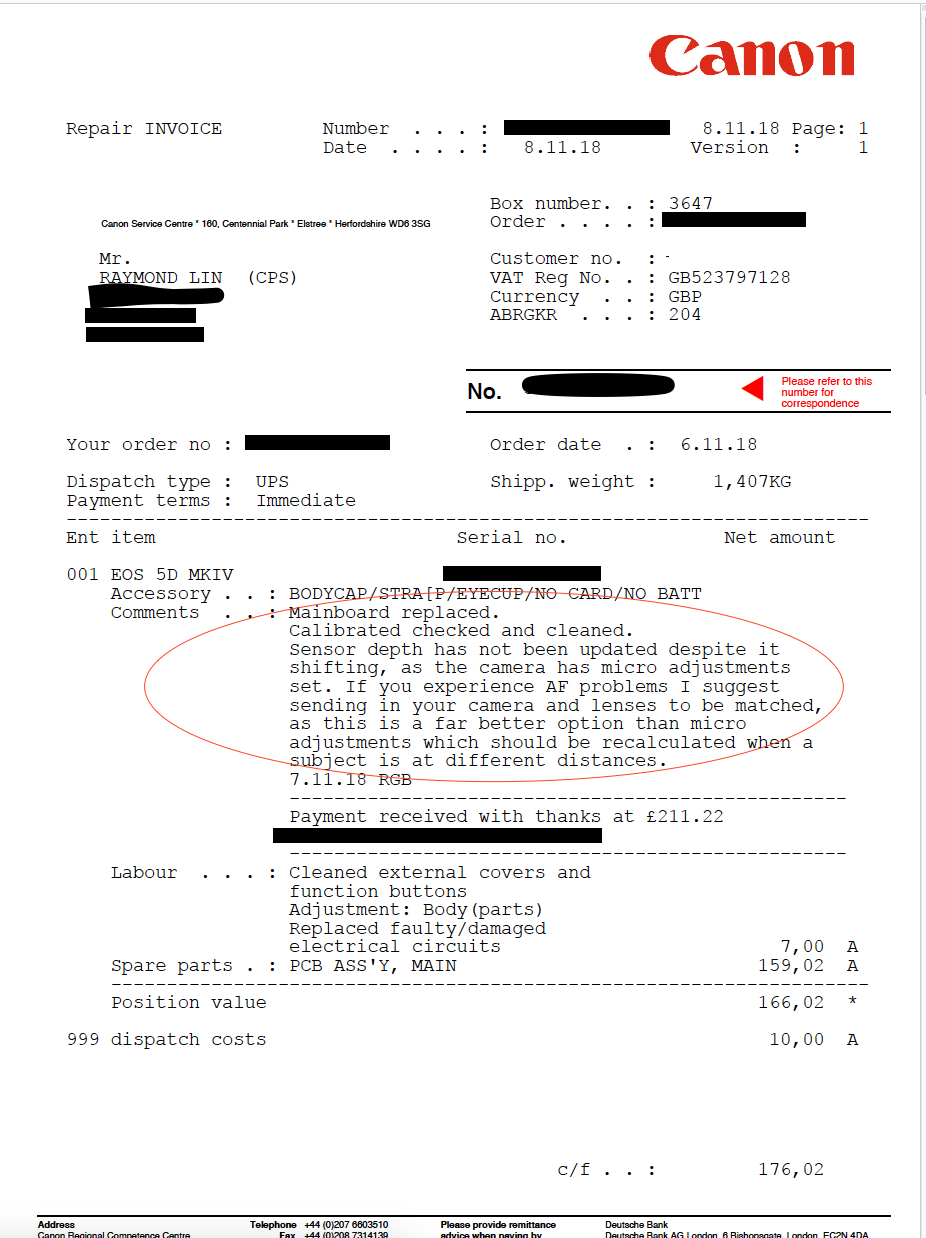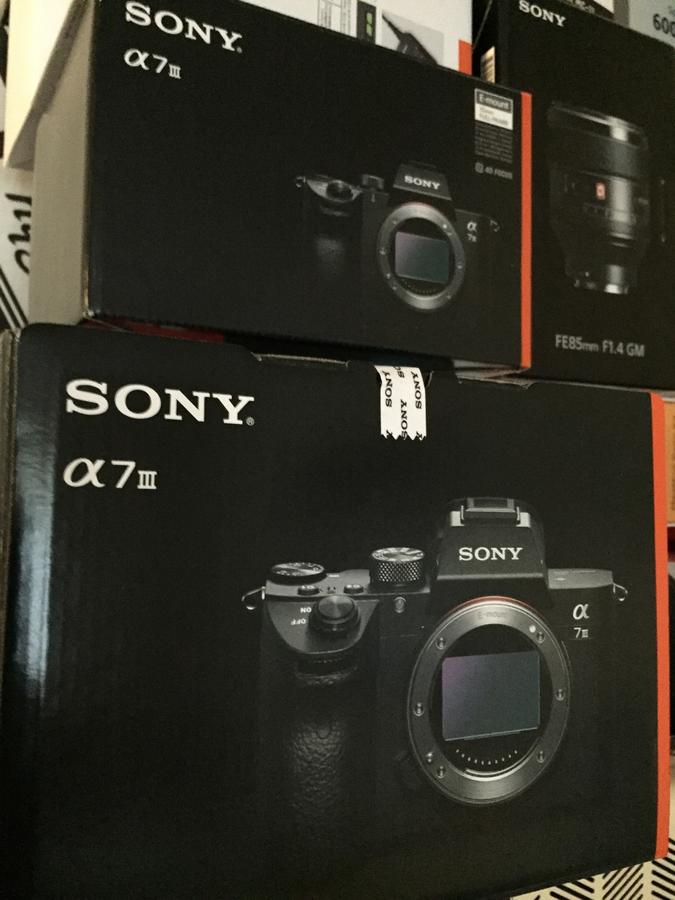The other comment about calibration/matching being better than AFMA due to the fact that AFMA is only optimal for one subject distance doesn't really make sense to me... I don't see how factory calibration is/can be any different in that aspect.
It makes sense to me, I think. I'll explain.
When you're using Canon lenses on a Canon body, or Nikon lenses on a Nikon body, the camera can recognise the lens. So when you want to do AFMA, the settings get stored in the camera. That way, if you have more than one camera, each one can maintain a full set of AFMA settings for all of your lenses. Happy days.
If you're using a modern Sigma lens, there is still the capability to fine-tune the autofocus, but this time the camera can't or won't recognise the lens, so the settings can't be stored in the camera. Therefore the settings have to be stored in the lens, and you use the Sigma software and Sigma USB dock to do it. (The situation is the same for a few of the newest Tamron lenses too, I believe.) But here's the interesting bit. The Sigma software allows you to store multiple different AF fine tune settings, which apply at different focus distances. For example here's a screen shot with a 135mm Art lens connected, and you can see that it allows 4 different adjustments to be stored: at distances of, roughly, 0.9m, 1.3m, 2.2m, and infinity. Obviously the settings can't be stored in the camera, so they are stored in the lens.

Now, the comment from the Canon Service Centre suggests very strongly to me that it's also possible to calibrate Canon lenses at multiple different distances, and presumably those settings would be stored in the camera.
Do you think I'm right?
If so, why don't Canon allow users to do this via the camera and/or lens firmware, as Sigma do?









 I have read their note to be saying the sensor may have shifted, but you have lenses micro adjusted, so they didn't align it because of that. I would have wanted them to get the sensor set right, or at least to have the option to do it or not before it came back, in the knowledge that I may have to re-micro adjust my lenses.
I have read their note to be saying the sensor may have shifted, but you have lenses micro adjusted, so they didn't align it because of that. I would have wanted them to get the sensor set right, or at least to have the option to do it or not before it came back, in the knowledge that I may have to re-micro adjust my lenses.